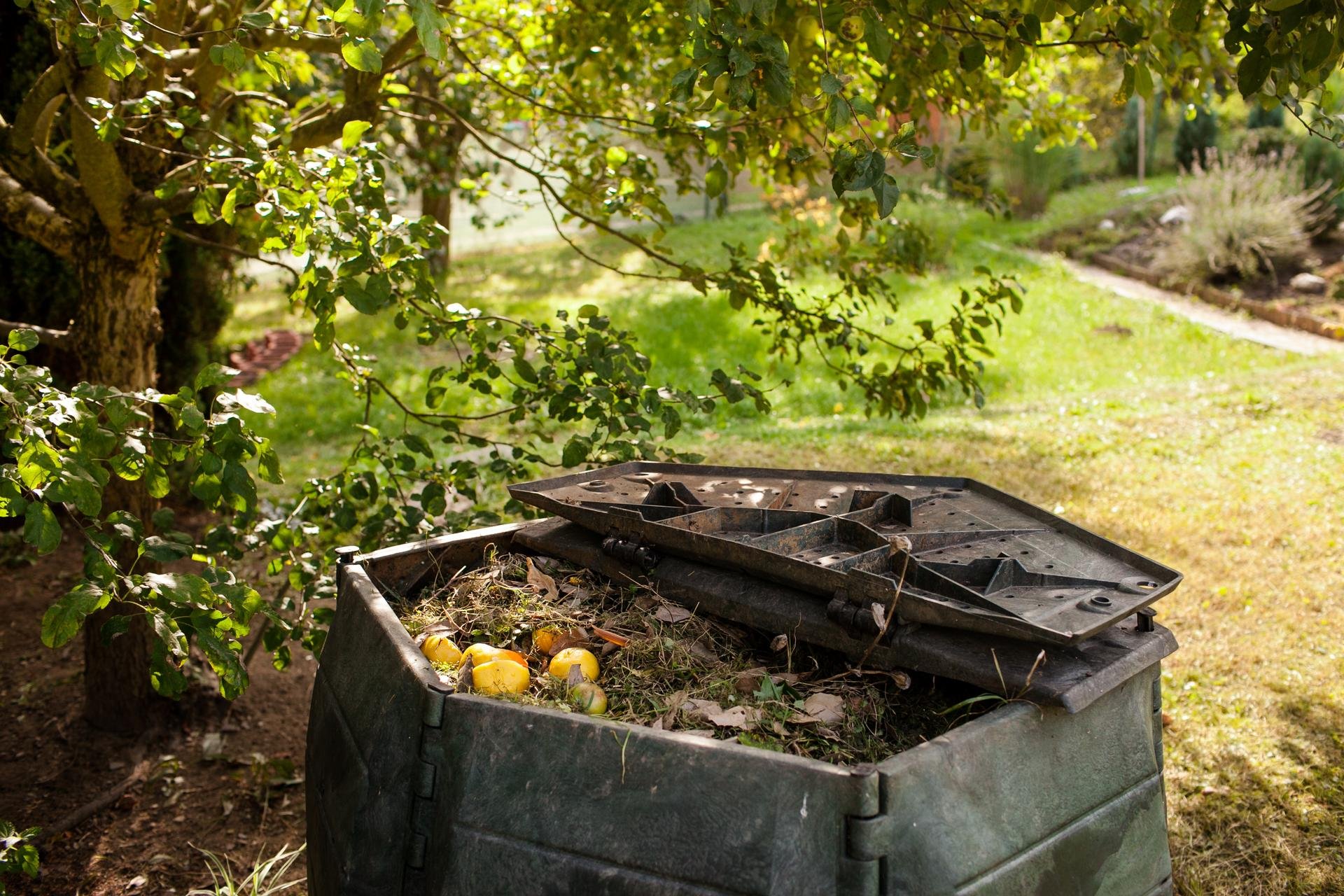- Textiles with organic certificates
- Cheap ecologic energy
- Types of plastic
- Gardens of the Senses
- Green stops
- Houses for insects
- Anti-smog pavement
- Solar panels
- Ecological clothes
- Energy-efficient buildings
- Composter
- 10 ideas for green life
- Rain gardens
- Solar house
- Recycling of clothes
- Organic food
- Eco plates and cutlery
- Eco cleaning the house
- Organic milk
- Ecological cooking
- Carpooling
- Green walls
- Microplastic
- Saving water
- Ecological certificates
- Mobile eko apps
- Eco straws
- Ecological bags
- Being Eco
- Urban apiary
- Xeriscaping
- Green roofs
- Green architecture
- Hortitherapy
- Overheated city
- Open composters
- Smart cities
- Smog
- Functions of greenery
- Miniature Parks
- Electric cars
- Why are the trees in the city so important?
- Zero Waste
- Ecological shopping
- Ecological office
- Use rainwater!
A composter at home? Do it yourself!
A composter at home? Do it yourself!

It might be that many of you already segregate waste, carry fabric bags when going shopping, or try to repair clothes rather than buying new ones. If you wish to do even more for the environment, get interested with the idea of a composter that may be even placed on a balcony!
A couple of facts
Composting is a kind of organic recycling; putting it simply, it means rational and conscious waste management. Many things are wasted in a household everyday – dinner leftovers from the kitchen and rotten apples in the garden are but a small percentage of the everyday waste reaching the trash dump. It is worth giving them a second life by throwing them into an appropriately organized composter. Layered organic leftovers, soil, sticks or hay start decomposing under the effect of temperature and air, thus creating natural and cheap compost. Added to the soil in the garden or in windowsill flowerpots, it will enrich it with nutrients.
How to start?
Beginnings are usually hard, but it is worth not to get discouraged and to start now! The beginning of composting does not require a house with a large garden; a balcony in a block of flats will be enough. A plastic container for composting can be purchased at a furniture store (chain stores already have designer versions that look like small tables) or made on your own, e.g. of planks. The container being located at the balcony is a good solution in summer, while it should be transferred to another place, e.g. a cellar, when the temperatures get lower. Both at a balcony and at the backyard, a composter should stand in the shade, where it would not become a nuisance to the owner and the neighbours.
A home composter will surely limit the amount of waste reaching the dump, yet not everything can be thrown into it. Citrus skins, leftovers of onion, spiced foods, dairy products, as well as fat waste, e.g. of meat, are unwelcome. What you can throw in includes twigs, fallen leaves, vegetable and fruit peelings, and coffee or tea dregs. The container should not emit any odour; if it happens, there is not enough oxygen inside and the content of the composter should be stirred from the bottom up.



